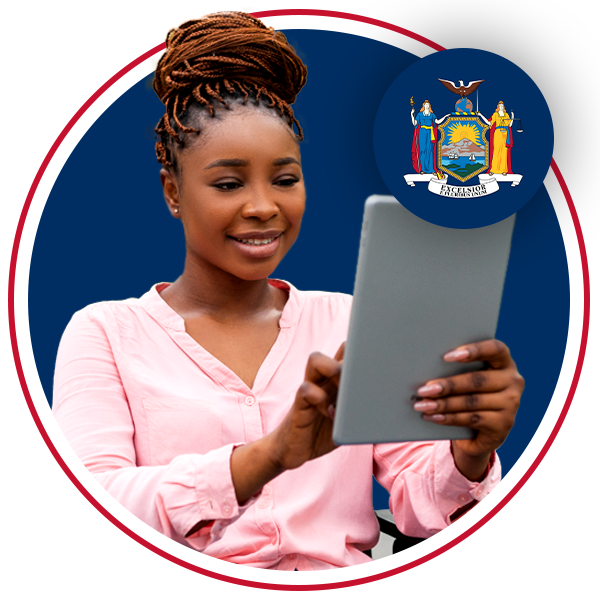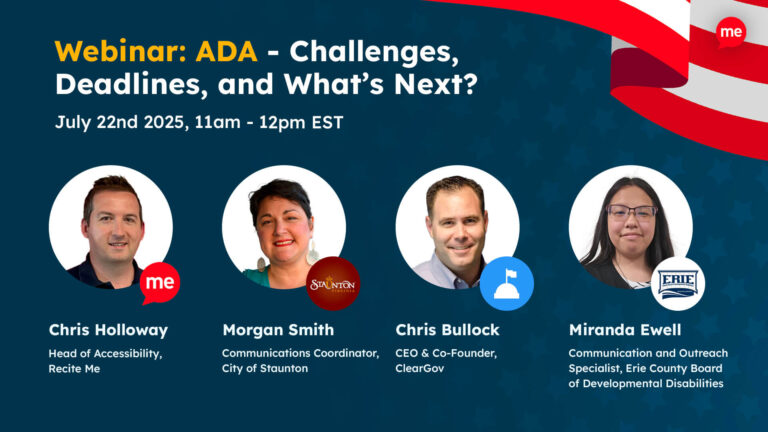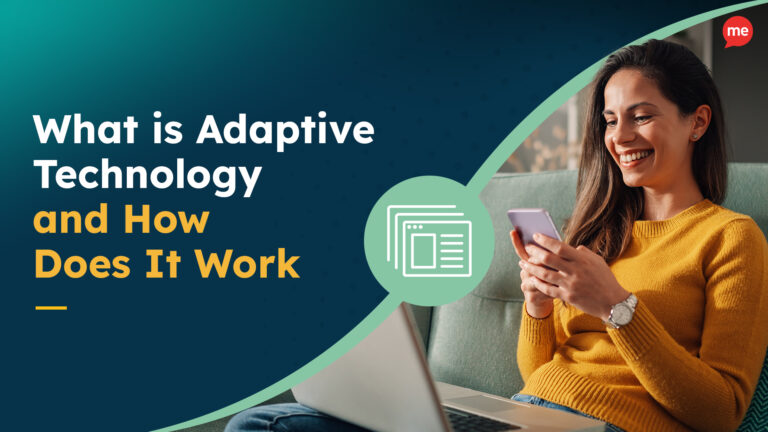Get A Free ADA Compliance Audit Of Your Website
Download NowIn recent years, the prevalence and relevance of digital platforms have transformed the business landscape, making website accessibility a strategic imperative for reaching customers. However, it’s also a critical consideration for avoiding legal risk, because almost 75% of all federal and state web accessibility lawsuits in 2023 were filed in New York.
New York stands out as a significant player in digital accessibility legislation. With a robust framework of laws and regulations, the state has positioned itself at the forefront of the accessibility movement. It’s also worth noting that the Big Apple is home to the second-highest number of lawyers per capita nationwide. So, businesses are wise to comply to avoid winding up in a courtroom face-off against one of them.
In this handy guide, we’ll outline the various pieces of web accessibility legislation that can affect New York businesses and explore ways your organization can ensure compliance.
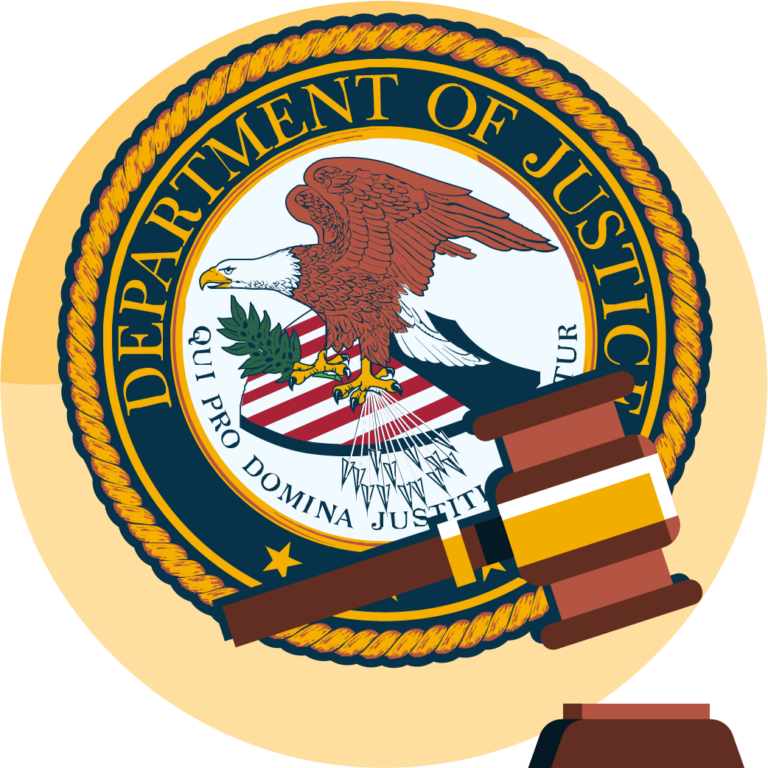
Web Accessibility Laws in New York
Webs accessibility legislation in New York encompasses both federal and state-specific guidelines. Let’s examine each in detail to help you understand where action may be required.
NY State’s Accessibility Policy, NYS P08-005
As a hybrid version of Section 508 and the Web Content Accessibility Guidelines (more on those coming up below!), Accessibility Policy NYS P08-005 establishes essential accessibility requirements for any web-based information and applications maintained or used by State Entities (SE). It applies to any public-facing content, plus internal state documents, forms, training programs, intranets, etc.
Updated every two years and (most recently in May 2023), the policy ensures that all electronic and information technology (EIT) is accessible to individuals with disabilities, mandating compliance with the Web Content Accessibility Guidelines (WCAG) 2.0 or higher. Requirements include:
- Conducting manual testing of ICT before production and use.
- Maintaining documented testing reports for each ICT.
- Keep a list of ICTs and their current compliance status.
- Posting an accessibility link on each SE website’s Home Page footer.
Executive Law Section 170-F
Assembly Bill 8453 amended existing digital accessibility legislation by adding Executive Law Section 170-F, which extends New York’s web accessibility requirements to private entities. It mandates that the websites of every state government contractor, subcontractor, vendor, consultant, etc, must comply with the most current version of WCAG. The types of businesses affected fall under three broad categories:
- Commodities – Businesses providing vehicles, fuel, office supplies, furniture, catering, etc.
- Services – Businesses responsible for deliveries, maintenance, construction work, etc.
- Technology – Businesses providing computers, software, printing equipment, telecommunications, etc.
State Technology Law Section 103
State Technology Law Section 103 is directly correlated to Executive Law Section 170-F. It mandates that the New York Office of Information Technology Services provide guidance for the business contractors, subcontractors, vendors, consultants, etc. listed above to help them meet compliance criteria. Executive Law Section 170-F specifically states that compliance hinges on using the most current WCAG standards, making compliance with version 2.2 an expectation.
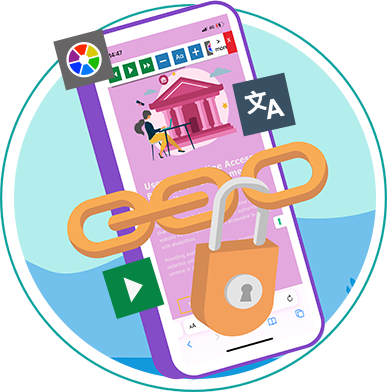
The Americans With Disabilities Act
Originally enacted in 1990, the Americans with Disabilities Act (ADA) represents a pivotal step towards inclusivity. Initially addressing physical barriers, its scope has now been extended to encompass digital environments. This expansion acknowledges the importance of web accessibility compliance, ensuring equal access to government and public-facing information for individuals with disabilities.
Among the ADA’s five titles, three pertain specifically to digital accessibility:
- ADA Title I ensures fair employment practices by requiring federal employment information to be accessible in all stages, from recruitment to termination.
- ADA Title II emphasizes equitable access to digital information within public services and programs provided by state and local governments.
- ADA Title III broadens the mandate to public-facing private entities, necessitating equitable online access to goods, services, facilities, and accommodations.
Section 508 of the Rehabilitation Act
Section 508 of the Rehabilitation Act of 1973 addresses digital accessibility within government agencies. It mandates that all electronic and information technology utilized by federal entities, including websites, software, and other digital assets, be accessible to individuals with disabilities. The core objectives of Section 508 are twofold:
- Facilitate equal access for federal employees – Federal employees with disabilities must have equitable access to information and data.
- Promote public accessibility to federal resources – Government websites and digital platforms must be accessible to all members of the public seeking federal information or services.

Free Accessibility Check of your Website
Finding accessibility issues is now easier than ever. Recite Me offers a free automated scan of your website’s homepage to highlight non-compliance. You’ll get recommendations on how to fix them, helping to improve your accessibility score.
What Types of Business Are Affected By New York Web Accessibility Legislation?
It’s a common misconception that web accessibility legislation only applies to state entities and federal agencies. However, as you can see, New York’s Executive Law Section 170-F and ADA Title III mean privately run companies can also be affected. Additionally, Section 508 extends to charities and non-profit organizations that receive government funding.
Long story short, virtually every type of organization can find itself under the digital accessibility microscope in New York.
What are The Risks and Consequences of Non-Compliance?
Failing to comply with New York web accessibility legislation may result in legal action and financial penalties sought by the Department of Justice. Typically, ADA and Section 508 violations carry a fine of $55,000 for the first offense, with the price tag for non-compliance rising to USD 110,000 for each subsequent violation. Plus, any organization receiving government funding may have their contracts revoked and find themselves under increased regulatory scrutiny going forward.
For companies sued by law firms representing disabled individuals, court costs and settlement fees can be exorbitant. Plus, the negative PR related to a court case can incur significant reputational damage, resulting in:
- Boycott campaigns
- Loss of revenue
- Loss of market share
- Reduced stock value
- Reduced employee morale
- Decreased employee retention
- Additional audits
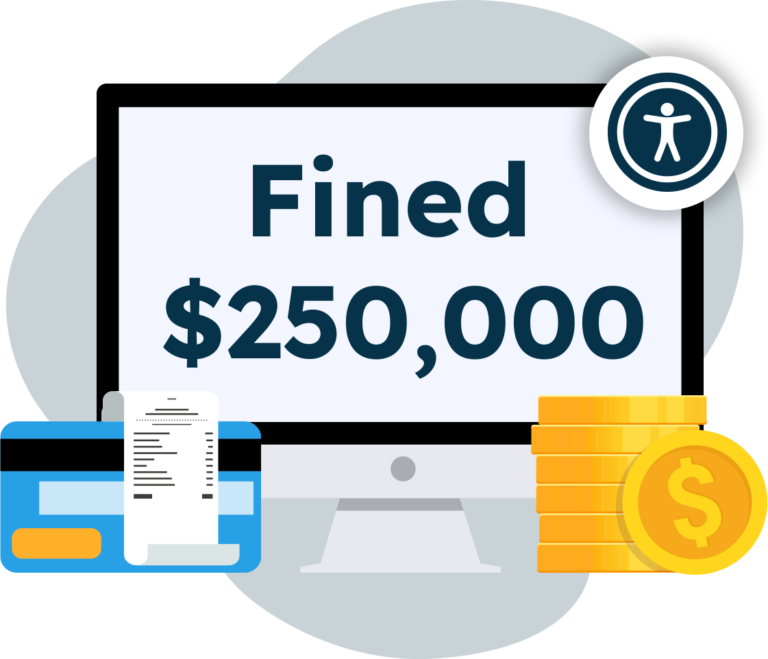
Notable Digital Accessibility Lawsuits in New York
Any company doing business in New York via a website can have a claim brought to court. So, in addition to the hundreds of thousands of native organizations, any out-of-state business selling to New York consumers could find itself in legal hot water.
To give you an example of the scope of brands and business types affected, here’s a short list of just 20 New York web accessibility lawsuits that were filed in March 2024:
- Paul Smith, Inc. (Consumer durables and apparel)
- Exotic World of Fragrances, Inc. (Household and personal products)
- Dig Inn Restaurant Group, LLC (Food and staples)
- Heng Heng Group, Inc. (Food, beverage, and tobacco)
- QSC, LLC (Technology hardware)
- Sunfood Corporation (Pharmaceuticals and biotechnology)
- The Ambassador Theatre Group US Holdings, Inc. (Media)
- Foot and Ankle Center Of Fort Lee, LLC (Healthcare equipment and services)
- Event Workforce Group (USA) Inc. (Commercial and professional services)
- Focus Camera, Inc. (Digital technology products)
- Ethan Allen Interiors, Inc. (Furniture and home accessories)
- Technogym USA Corp. (Consumer services)
- La-Z-Boy Incorporated (furniture)
- City Winery New York, LLC (Food, beverage, and tobacco)
- AAGJ, Inc. (Food, beverage, and tobacco)
- Fig & Olive USA, Inc. (Food, beverage, and tobacco)
- Solstice Marketing Concepts, LLC (Consumer durables and apparel)
- Sprinkles Cupcakes, LLC (Food and staples)
- Helms Organic, LLC (Household and personal products)
- Aedes de Venustas, Inc. (Household and personal products)
Stay ahead of the game when it comes to Digital Accessibility laws and compliance in the United States. Learn about all the different federal and state-level regulations, see real examples of web accessibility lawsuits in different regions and discover a 7-step action plan for building accessible websites.
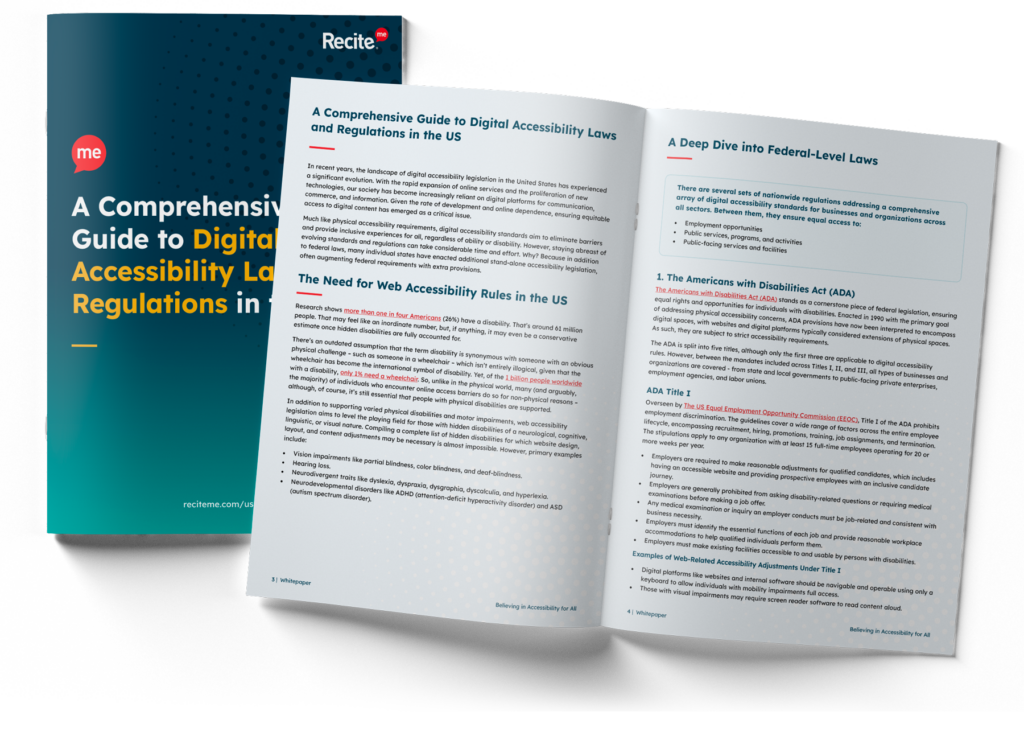
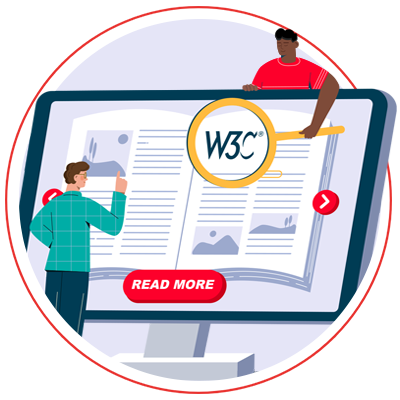
The Importance of WCAG Compliance
The Web Content Accessibility Guidelines (WCAG) are a set of internationally recognized standards developed by the World Wide Web Consortium (W3C) to ensure web content is accessible to individuals with disabilities. WCAG guidelines are organized into different levels of conformance, each indicating the degree of accessibility achieved:
- Level A – Criteria you must cover to provide a basic level of accessibility on your website.
- Level AA – Criteria you should cover to meet an industry-accepted accessibility standard.
- Level AAA – Criteria you could cover to offer enhanced accessibility.
Both federal and New York state legislation refer to WCAG criteria, and local laws specifically mention the current version as a benchmark. So, to avoid unnecessary risk, it’s recommended businesses aim for WCAG 2.2 Level AA compliance.
How To Make Your Website Compliant with Recite Me
Ensuring that websites become and remain compliant is an ongoing process. But help is at hand! With Recite Me’s suite of accessibility-on-demand tools, organizations can confidently scale up compliance efforts to enhance usability and demonstrate commitment to accessibility for all users.
Step 1: Develop a Compliant Website Build
The Recite Me Accessibility Checker streamlines the process of complying with established accessibility standards. By running 396 separate scans, our software identifies non-compliance issues and generates a prioritized fix queue based on WCAG criteria.
Schedule a free demonstration or run a free scan today!
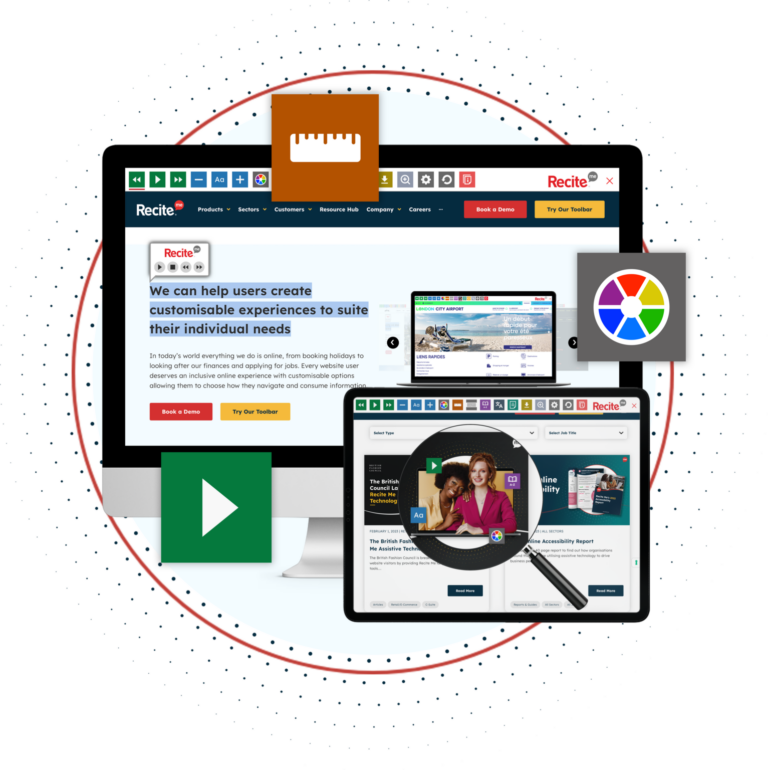
Step 2: Boost Usability for Individual Users
Compliance is crucial, but it’s equally important to enhance inclusivity. The Recite Me Toolbar does precisely that by allowing users with various needs and preferences to make adjustments for ease of website navigation and consumption. Users can customize:
- Font size, type, and spacing
- Color contrast
- Display and text-to-speech languages
- Consumption method (reading vs audio file download)
- Comprehension tools (on-screen ruler, mask, zoom function, built-in spell-checker, and integrated dictionary and thesaurus)
Schedule a free demonstration, or try the toolbar today!
Step 3: Demonstrate Ongoing Commitment to Digital Accessibility
Displaying an accessibility statement on your website is a proactive step that clarifies your current and future inclusion goals. However, writing an accessibility statement takes time and effort. Recite Me’s Free Accessibility Statement Generator simplifies this process by generating tailored statements that are ready for immediate upload.
